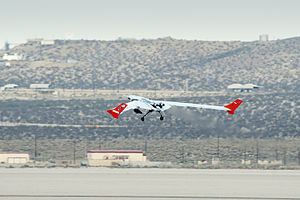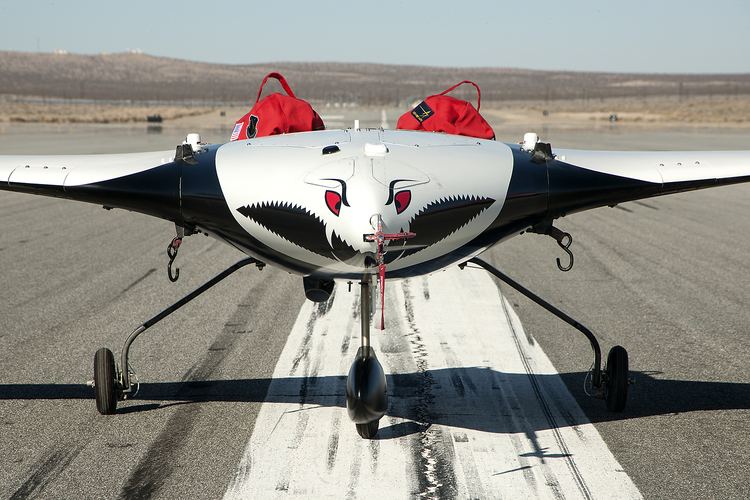Top speed 222 km/h First flight July 26, 2013 | Wingspan 8.5 m | |
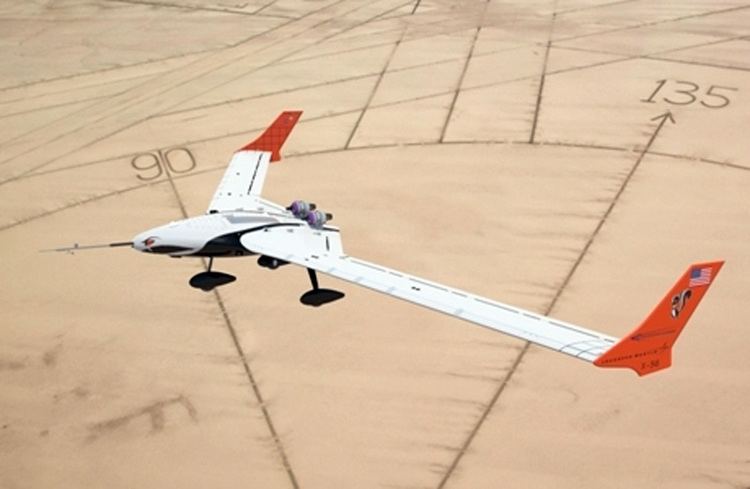 | ||
Manufacturers Lockheed Martin, Skunk Works | ||
The Lockheed Martin X-56 is a modular unmanned aerial vehicle designed to explore High-Altitude Long Endurance (HALE) flight technologies for use in future military unmanned reconnaissance aircraft, as well as contributing knowledge to the future X-54 low-boom supersonic research programme, and future low emissions transport aircraft.
Contents
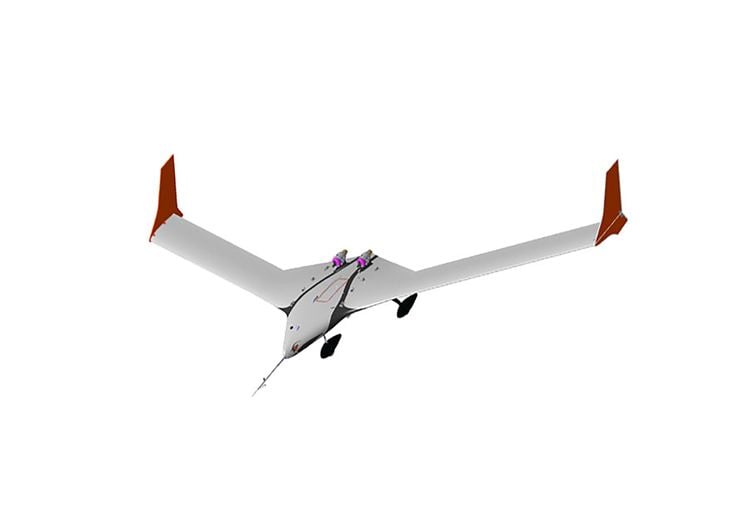
Design and development
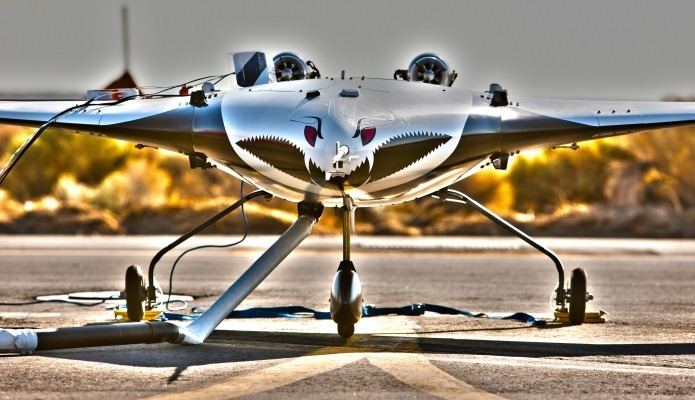
Designed by Lockheed Martin's Advanced Development Programs, known informally as the Skunk Works, the aircraft was first revealed by Aviation Week, and is intended to research active flutter suppression and gust-load alleviation technologies. The X-56A is based on Lockheed's earlier UAV work, showing influence from the Polecat, Sentinel and DarkStar UAVs. The programme calls for the construction of two 7.5 feet (2.3 m)-long fuselages and a wingspan of 27.5 ft, with four sets of wings being constructed for flight testing.
Operational history
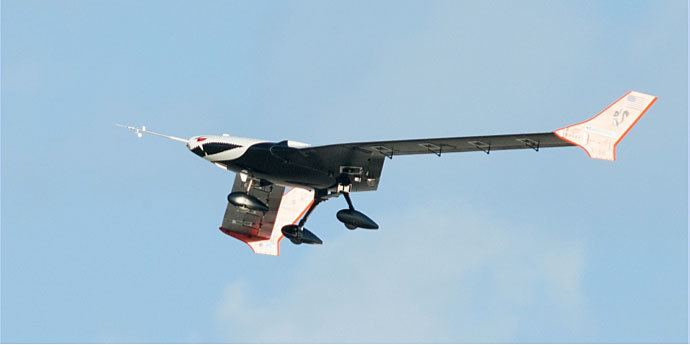
The X-56A made its first flight on July 26, 2013, flying from Edwards Air Force Base; twenty flights were to be flown on behalf of the Air Force Research Laboratory before the aircraft would be handed over to NASA for further testing.
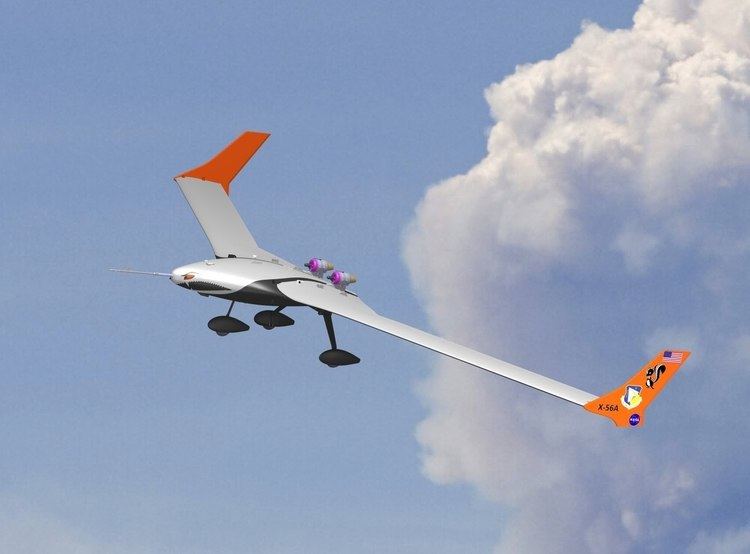
The first X-56A unmanned aircraft was severely damaged in a crash shortly after takeoff from the dry lakebed at Edwards AFB, California, on 19 November 2015, on its first flexible-wing flight to test active flutter suppression. The aircraft, known as Fido and one of two X-56As built for the Air Force Research Laboratory (AFRL) by Lockheed’s Skunk Works, had previously made 16 flights to prove its operating envelope.
Specifications (X-56A)
Data from
General characteristics
